In many ways, using wild and native spices ought to be the easiest place for the beginning forager or native food enthusiast to begin. You only need to collect small amounts, frequently processing is as simple as drying and grinding, and results are essentially instantaneous.
And yet, it’s the type of food exploration I see the least in foraging recipes, videos, and blogs. And it’s honestly the realm I’m slowest to dig into myself. I use plenty of native and wild ingredients in my cooking, and have for many years. My spice rack, though, is a blend of the usual European and Asian fare: familiar Mediterranean herbs and exotic Asian spices, with New World flavors pretty much limited to a variety of ground peppers.
Whether it’s wild game (venison, duck, and canada goose are our favorites), fish from the pond, or native vegetables (sochan, lambsquarters, and milkweed are household favorites), I have a habit of leaning on the flavors I grew up with in my cooking. Cumin and paprika; ginger and garlic; black pepper, sage, and rosemary… These flavors are delicious, some of them are easy to grow in my climate, and I know how to use them.
What I don’t have a good basis for are the flavors growing in my woods, thickets, and native meadow plantings. Prickly ash, juniper, bergamot, hyssop… I may use these allies in medicine and teas, but I rarely turn to them when seasoning dinner.
I’m determined to change this. There are delicious, complex flavors native to my region, waiting to be remembered. I’ve begun with baby steps, one flavor at a time.
Spruce Tips
Spruce tips are the tender new growth of spruce trees available mid spring. They’re high in vitamin C, readily available, and easy to identify: A great place to begin! I honestly expected spruce to resemble rosemary in flavor, and was surprised to find it much closer to lemon zest. They are bright and citrusy, with some pine undernotes. They seem to work best fresh, or infused into cream. My very favorite spruce product has been a delicious, complex syrup created by layering fresh spruce and brown sugar, letting it sit for a month or more, straining, and heating into a rich and flavorful syrup. We’ve used it in mixed drinks, over desserts, and in some beautiful chewy caramels. Yum! I also do enjoy them in an herbed shortbread cookie, it just took a lot more herb than I’m used to adding, their flavor does tend to fade when baked. I haven’t delved into using them to season meat dishes yet; I suspect they would be great on poultry instead of citrus, and the syrup would be an amazing base for a glaze.
Prickly Ash
Prickly ash is a fascinating plant. It’s the northernmost relative of the citrus family, and a very close relative of Sichuan Pepper. The berries (you actually use the hulls of the seed pod, the seed itself doesn’t have any flavor and is gritty) are a strong spice, a complex citrus flavor that, when nibble directly, leaves a numb sensation in the mouth. This is a spice like clove: strong, to be used sparingly against other flavors. Asian-spired recipes seem the obvious place to start; American Prickly Ash can be used as a direct substitute for Sichuan Pepper. Our family enjoys ramen as a quick lunch, and a few of the green berries added to our ramen broth, topped with venison medallions and some sauteed milkweed shoots, makes a beautiful and easy early summer meal. Prickly ash also seems to work well in sweet spice blends. I used a small amount as a backdrop against magnolia blossoms in a gingersnap recipe, with beautiful results.
Juniper
There is some debate in the foraging world as to whether all species of Juniperus have edible berries. There is a possibility that some species may be toxic, particularly in larger amounts, though I can’t see anyone using this potent spice in particularly large amounts. The common Eastern Red Cedar, Juniperus virginiana, is well regarded as safe, and that’s the primary species found in my region. We are lucky enough to have a beautiful female red cedar in our backyard, packed with pounds and pounds of sweet dusky-blue berries. Our family took great joy in watching flock after flock of migrating birds roll through, each spending time feasting on this rich food source, high in fats to sustain them on their travels. First cedar waxwings (it was such a joy to watch them in their name sake activity, feeding on cedar), then blue jays, robins, and yes, the European starling. (I wonder if perhaps more of our yards and abandoned fields were filled with native berries rather than invasives, could these notorious spreaders of invasive shrubs instead be employed as agents of restoration?) We’ve become determined to encourage many more red cedars on our land after watching this fall feasting.
The birds aren’t the only ones who enjoy red cedar berries. I gathered a few cups of berries (easy to do with my berry rake!), and dried them for winter experiments. (Fair warning, I had to throw half of them out; they seem dry before they actually are! Make sure they are really, actually dry before storing them). As junipers are a widespread genus, there is some modern analog for using them in food. They’re the prominent flavor in gin, for example, and are sometimes used to flavor sauerkraut or wild game.
I’ve used them sparingly when cooking venison roasts, and enjoyed them. I used a juniper infused cream, per Ellen Zachos’ recipe in her book “The Forager’s Pantry” to make an icing for my wild spice “gingersnaps” and adored it (although I think the infusion in her recipe is a little stronger than necessary, and will greatly reduce the amount of berries used next time). We just invested in a nice smoker, and as I get a little more proficient at making cured and smoked meats in general, I'm excited to play with native flavors, including juniper, in my meat cures.
Magnolia Blossoms
My area, Zone 6a in mid-Michigan, is well outside the native range of the US Native Magnolia grandiflora, but the horticultural favorite, Magnolia x soulangeana, is a commonly used ornamental tree and is easy to find in urban and residential areas. It’s not well known that this species is edible, and it’s a shame! The buds and blossoms are a beautiful fragrant spice that makes an excellent ginger substitute. This ancient genus, adapted to pollination by beetles, boasts sturdy petals that are easy to collect and handle. They are delicious pickled and used with fish or other lighter dishes, as one would use pickled ginger. They make an excellent aromatic tea, and are absolutely wonderful in sweet dishes. The dried flowers, ground into powder, work well as an analog to ground ginger in every recipe I’ve tried so far. You need to use more of it; I used five teaspoons of ground magnolia in a batch of gingersnaps and that was perfect. The cookies were delicious, my husband couldn’t believe they didn’t have real ginger in them. This is another spice I plan to collect a lot more of in future years.
Native Alliums
My kitchen relies heavily on old-world allium favorites (garlic, leeks, and onions), and that may never change entirely. However, there are many allium species native to North America, and they are all just as edible! Our local alliums are all pollinator favorites, with beautiful mid summer blooms adored by bees, are compact and low growing, and behave very well in residential meadow plantings. I personally adore nodding wild onion and prairie dropseed together for sidewalk-adjacent plantings. The two plants mirror each other in growth habit, don’t hang over sidewalks the way many taller native species can if not kept in check, and the wild onion provides a beautiful wave of bloom in July while the dropseed holds wonderful winter interest with its subtle color and fine seedheads.
As food, nodding wild onion is a mild herb. It works well as a replacement of chives or scallions, and I’m including the species in my edible native forb plantings. I’m interested to see how heavy a harvest they can sustain once established. Wild garlic, Allium canadense, has a stronger flavor that may prove the better culinary vegetable, and I’m eager to acquire locally adapted seed or plants and include this plant on our farm as well.
The only native allium with any sort of widespread culinary following in the US is of course the elusive ramp. Also called wild leek, this species has a wonderful, complex flavor and deserves its reputation as a gourmet food. It’s slow growing though, and is becoming overharvested in many locations. Sustained ethical harvest of this plant is possible, and we enjoy eating limited amounts from the woods near our home. We’re also working to establish this understory plant in the shade of our orchards; it’s easy to transplant.
I enjoy cooking with all of these native alliums, and am looking forward to leaning on them more and more as we establish them on our farm. I would love to see more households with a handful of wild onions tucked into their herb or flower gardens!
Placemaking, in much of the world, means decolonizing
These are just a few of the wild spices in my region, there are many more. We have wild mint, bergamot, spicebush, sassafras, wild ginger, wintergreen, sweetfern… The list is long, and it’s a shame so few are known beyond dedicated Indigenous food sovereignty activists and avid foragers. The US’ perceived lack of food culture really, in my opinion, is rooted in this erasure of our native flavors (before everyone comes at me, of course we DO have food culture in the US, beyond empty calories, but without the widely recognized, unifying flavors of say, Thai food, or Ethiopian). Which of course, is a direct result of colonization, and the genocide enacted upon Indigenous peoples. It is undeniable, once you start to dig into causes, that the work that I believe is so critical in this time of precipice is inherently the work of decolonizing: We must reverse-shift the ideologies of globalization, and re-localize our communities. Of course we will and should engage in global trade and communication, but the means to produce the basic necessities of life need to be held within every region in order for us to achieve true resilience. And how could we possibly build strong regional cultures if we don’t even understand what unique resources our region has to offer?
Interested in Learning More? Here are some of my favorite resources for wild & Indigenous foods in Eastern North America:
Sean Sherman; Indigenous Chef, food activist, and author of '“The Sioux Chef’s Indigenous Kitchen”
Linda Black Elk; Ethnobotanist, Indigenous food sovereignty activist, and food educator
Alexis Nikole Nelson; Black Forager on social media, skilled foraging educator based in the midwest
Samuel Thayer; Foraging educator and author, based in the midwest




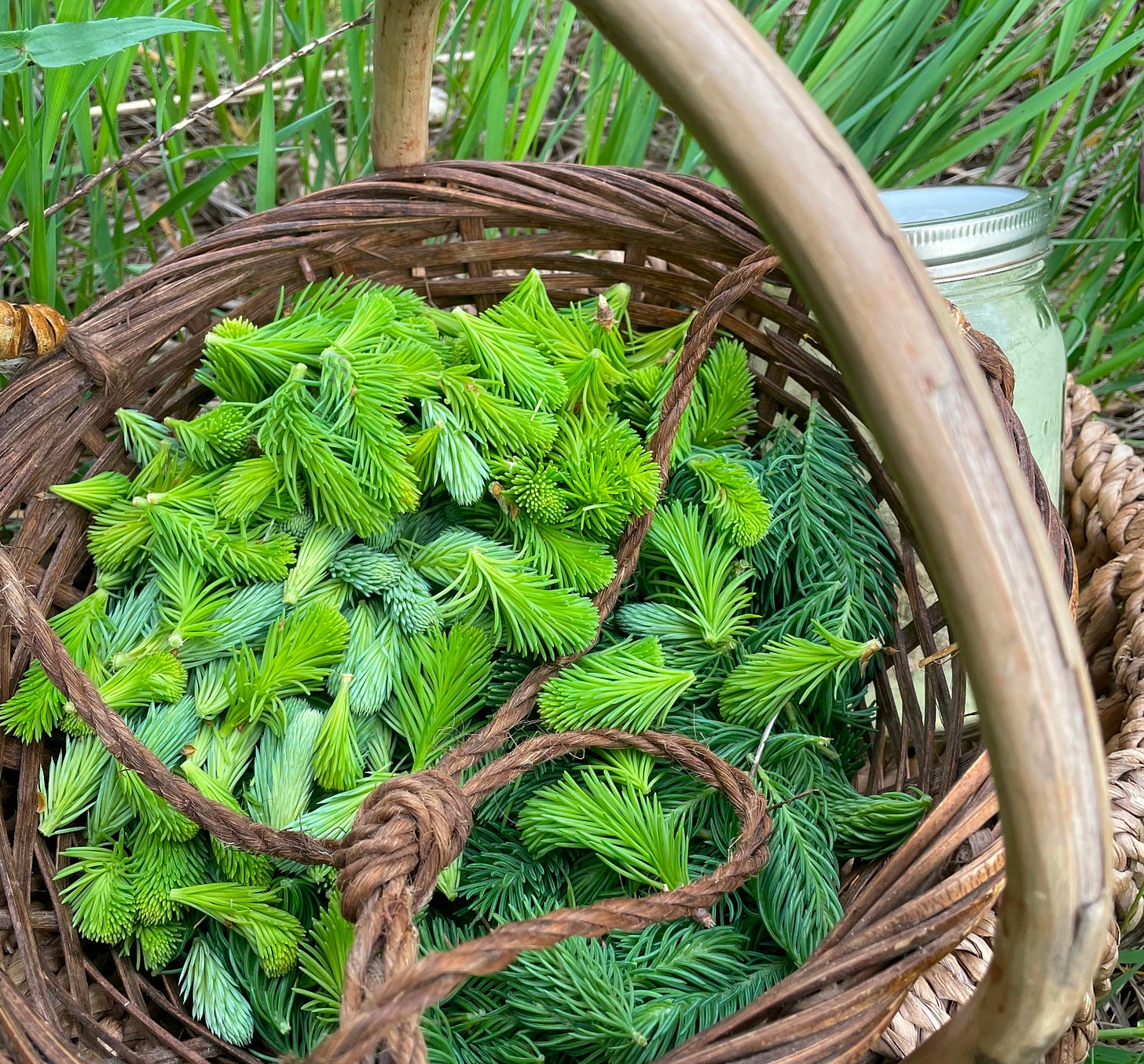
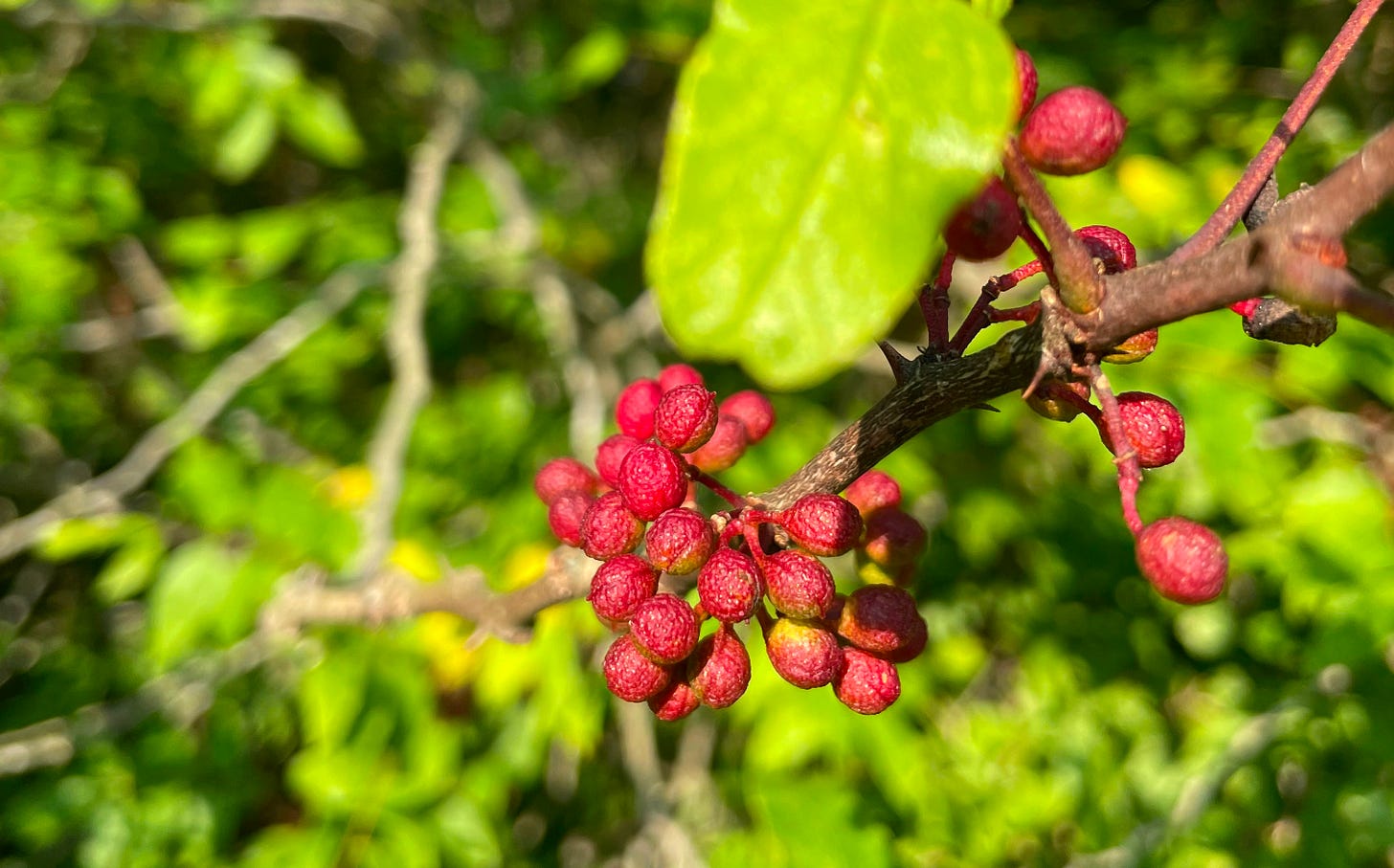
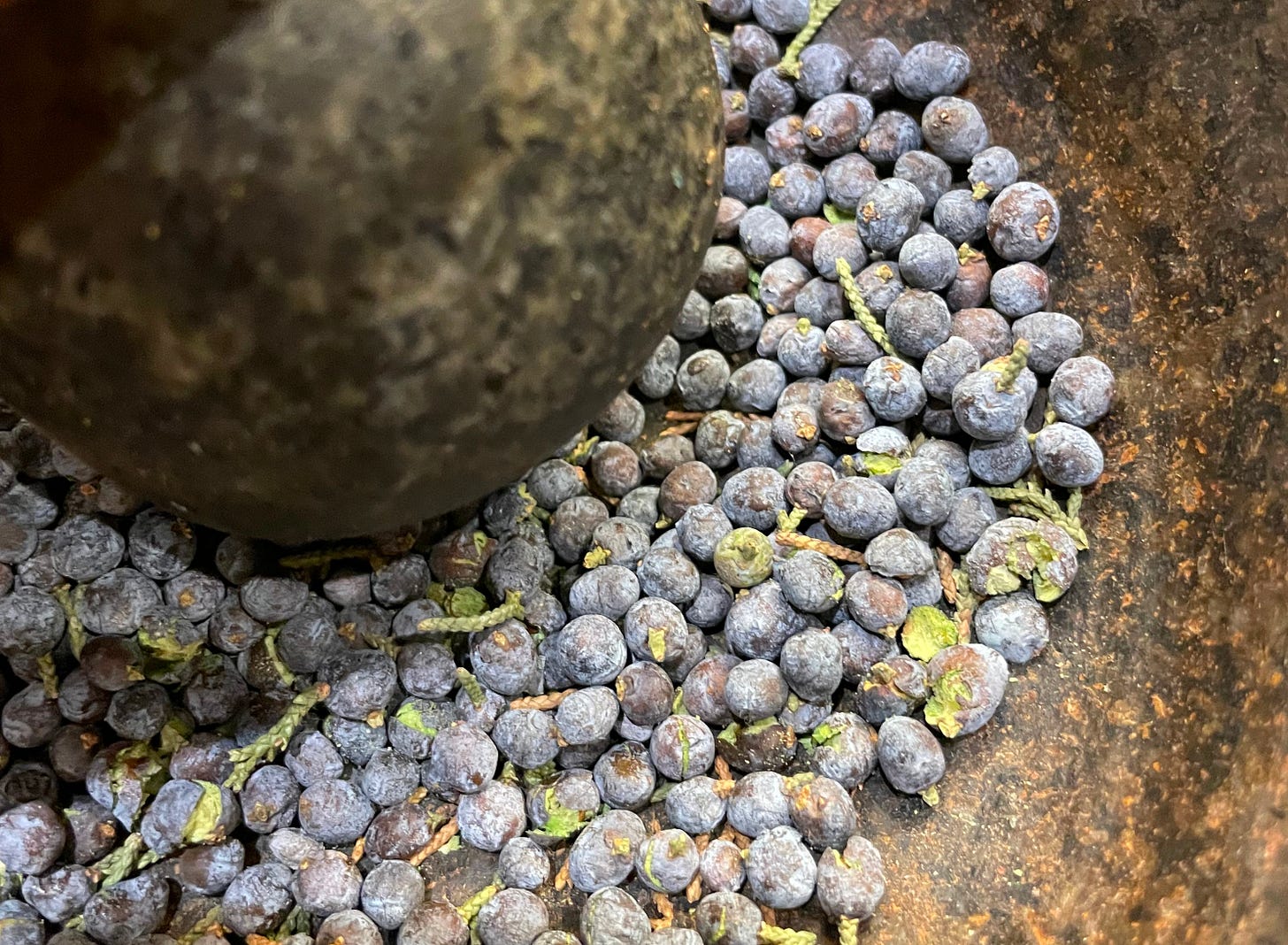
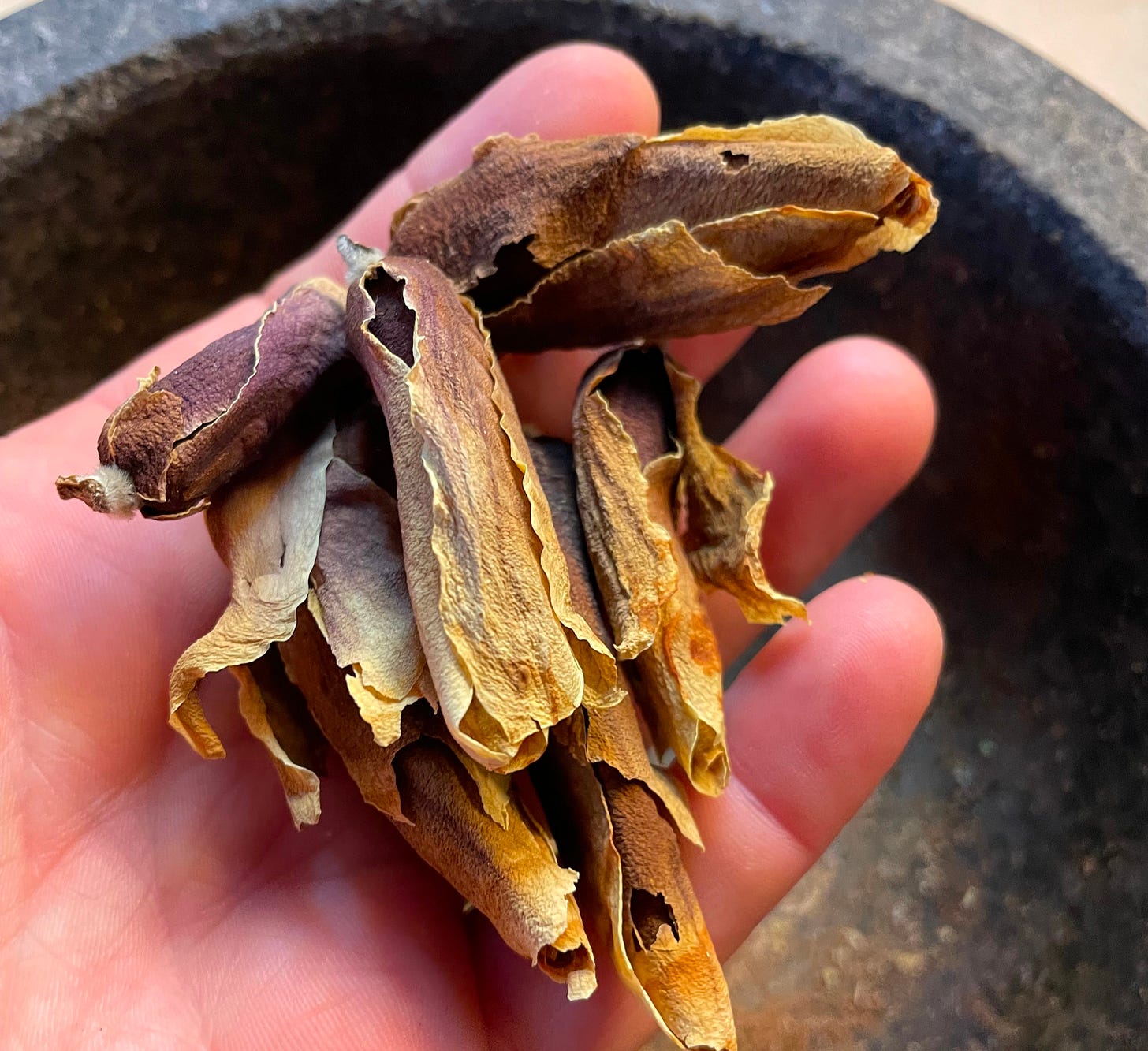
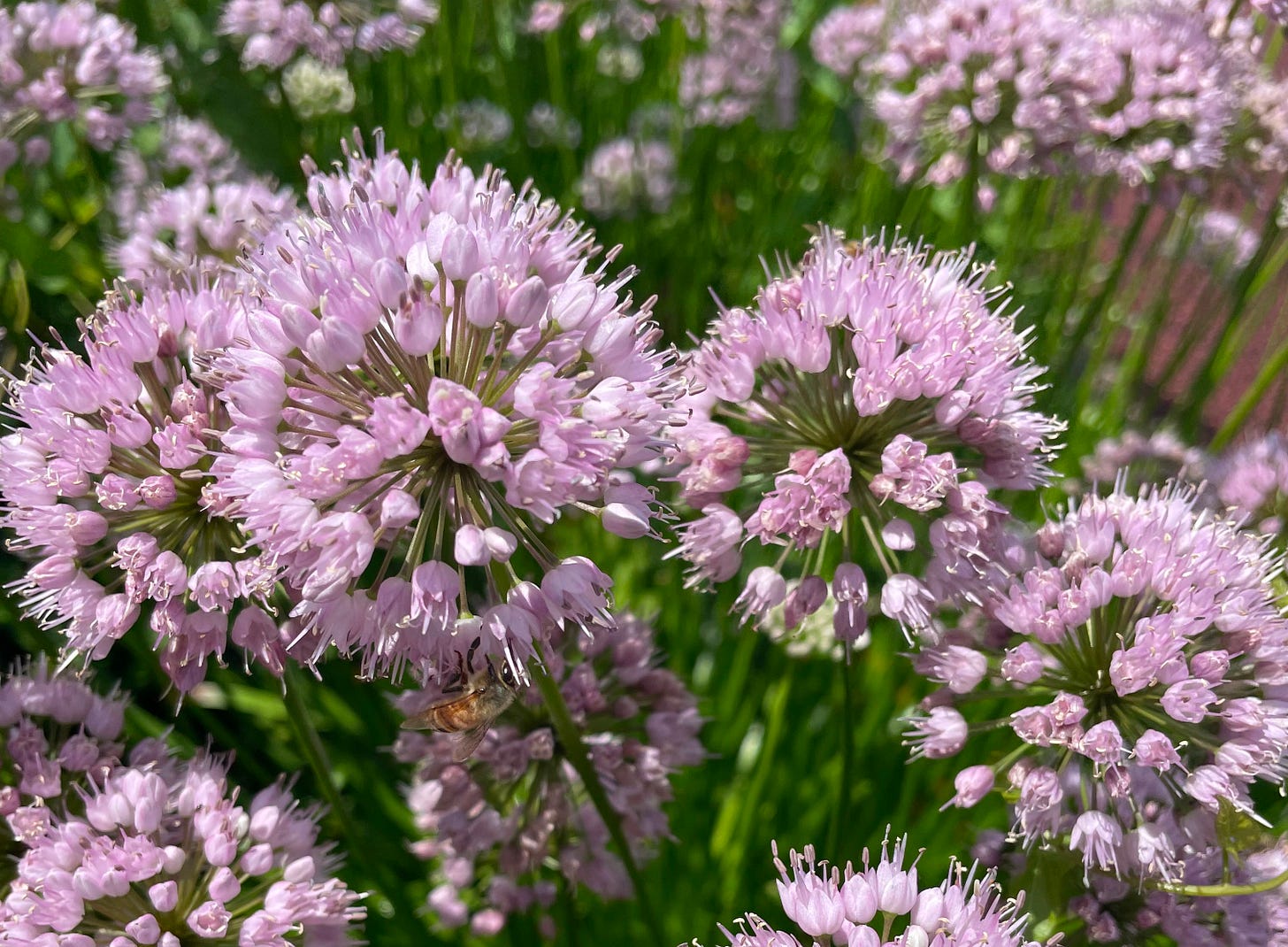
Hello from an (old) fellow Spartan (JMC BA ‘97, ADV MA ‘98) who now lives in rural county near Seattle! This is a great piece and it’s so interesting to see what similarities there are in these plants able to be used for culinary purposes!
I love this article! I’ve spent the last few years researching edible native and adapted plants in the west Texas region where I am located. It’s fascinating to have this glimpse into your area.